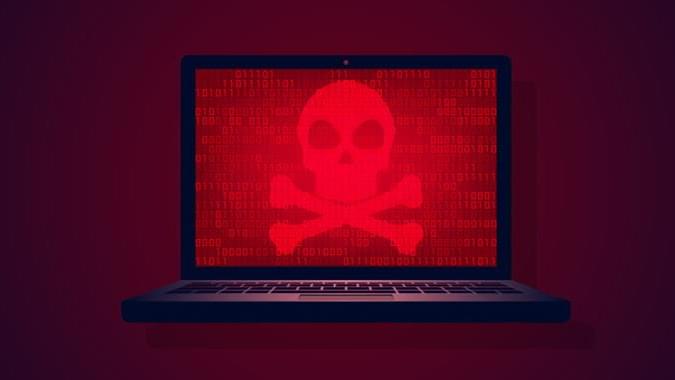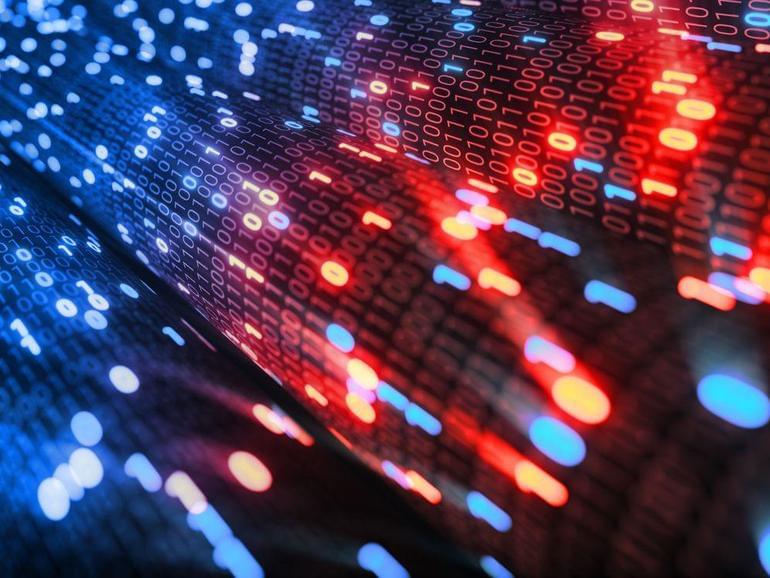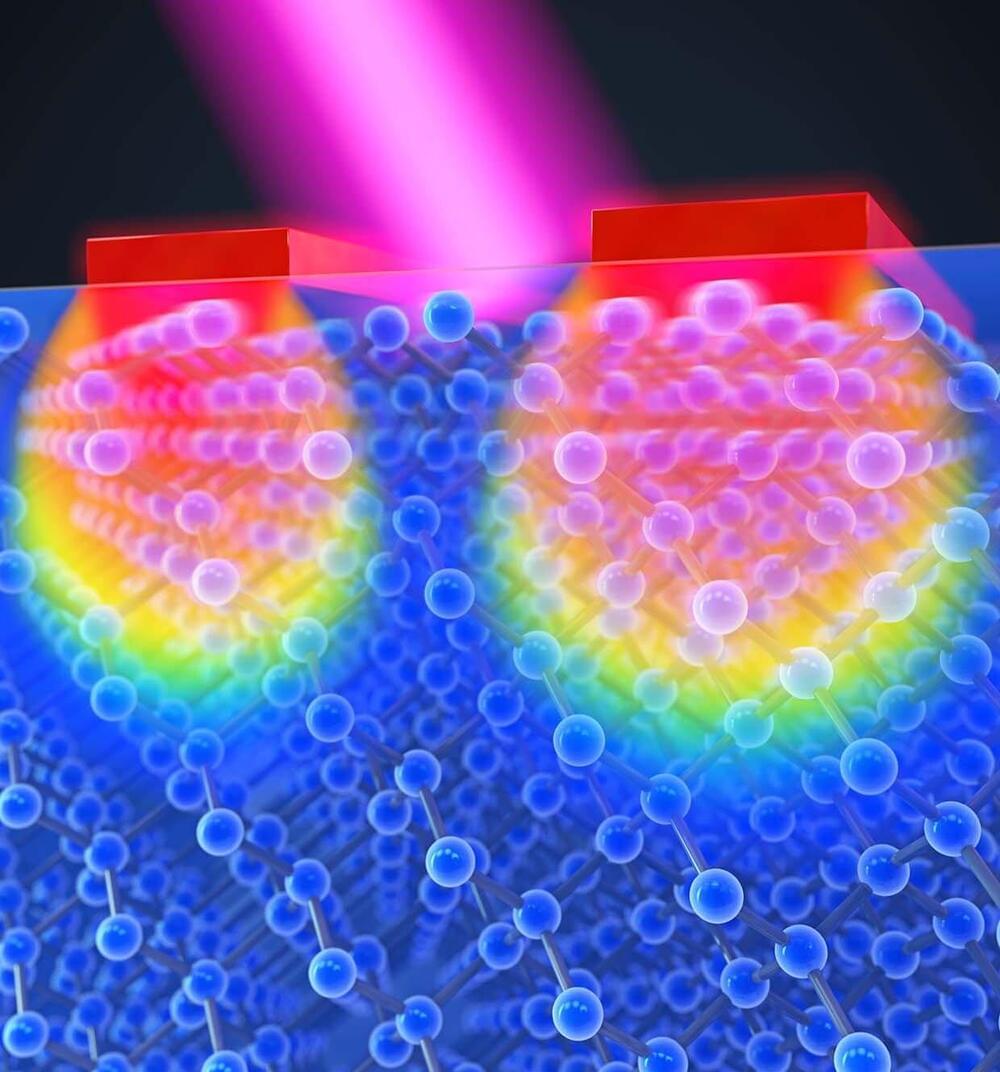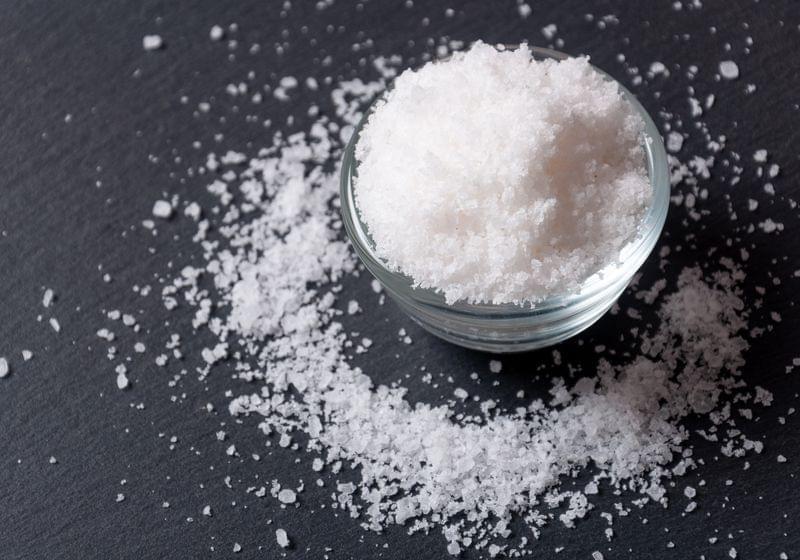Circa 2016
Researchers report major progress in creating a first-of-its-kind implantable artificial kidney that uses microchip filters and live cells and takes power from the patient’s heart.





Of India’s 10 SaaS unicorns, six reached that milestone in 2,020 and investors around the world are paying attention. Last year, investors pumped $1.5 billion into Indian SaaS companies, four times more than in 2018 or 2,019 according to the SaaSBoomi report.
More than two decades ago, India began its transformation into a global IT powerhouse, ushering in an era of wealth and job creation never before seen in the country.
Now, Asia’s third largest economy is ready for the next big frontier in tech: Coming up with a new generation of software companies like Zoom or Slack.
The Covid-19 pandemic has forced business around the world to make huge investments in digital infrastructure, furthering the influence of companies providing software-as-a-service, or SaaS. Businesses spent an extra $15 billion per week last year on tech as they scrambled to create safe remote working environments, according to a KPMG survey.
face_with_colon_three Basically we simply waste chemicals that are sometimes used in compost but actually have literally millions of tons of chemicals gone to waste rather reclaiming these very expensive chemicals. For instance some medicine costs thousands of dollars to make and will not recycle completely even current compost problems are not seeing the literally value of wasted medical refuse dissolved in waste water. Literally possibly trillion dollars or more down the drain from waste but this new reclaiming system will reap the benefits 😗 Even new innovative recycled toilet paper is a new concept but someday even vital chemicals will not be wasted with these new reclaiming systems.
With sometimes offbeat technology, innovators seek to extract certain chemicals from municipal waste by.
Alex Scott
Welcome to AI book reviews, a series of posts that explore the latest literature on artificial intelligence.
Recent advances in deep learning have rekindled interest in the imminence of machines that can think and act like humans, or artificial general intelligence. By following the path of building bigger and better neural networks, the thinking goes, we will be able to get closer and closer to creating a digital version of the human brain.
But this is a myth, argues computer scientist Erik Larson, and all evidence suggests that human and machine intelligence are radically different. Larson’s new book, The Myth of Artificial Intelligence: Why Computers Can’t Think the Way We Do, discusses how widely publicized misconceptions about intelligence and inference have led AI research down narrow paths that are limiting innovation and scientific discoveries.

A team of physicists at CU Boulder has solved the mystery behind a perplexing phenomenon in the nano realm: why some ultra-small heat sources cool down faster if you pack them closer together. The findings, published today in the journal Proceedings of the National Academy of Sciences (PNAS), could one day help the tech industry design faster electronic devices that overheat less.
“Often, heat is a challenging consideration in designing electronics. You build a device then discover that it’s heating up faster than desired,” said study co-author Joshua Knobloch, postdoctoral research associate at JILA, a joint research institute between CU Boulder and the National Institute of Standards and Technology (NIST). “Our goal is to understand the fundamental physics involved so we can engineer future devices to efficiently manage the flow of heat.”
The research began with an unexplained observation: In 2,015 researchers led by physicists Margaret Murnane and Henry Kapteyn at JILA were experimenting with bars of metal that were many times thinner than the width of a human hair on a silicon base. When they heated those bars up with a laser, something strange occurred.

CRISPR technology offers the promise to cure any human genetic disease with gene editing; which one will be the first?
CRISPR-Cas9 was first used as a gene-editing tool in 2012. In just a few years, the technology has exploded in popularity thanks to its promise of making gene editing much faster, cheaper, and easier than ever before.
CRISPR is short for ‘clustered regularly interspaced short palindromic repeats.’ The term makes reference to a series of repetitive patterns found in the DNA of bacteria that form the basis of a primitive immune system, defending them from viral invaders by cutting their DNA.

Amit Awasthi, an immunologist with the Translational Health Science and Technology Institute in India and corresponding author of the study, says he and his colleagues pursued this line of inquiry because previous research had linked high salt intake with autoimmune diseases, suggesting that increased salt stimulates immune cells. Meanwhile, tumors are well known to grow in immune-suppressive environments.
ABOVE: © ISTOCK.COM, CHAOFANN
In mice, a diet high in salt suppresses tumor growth—but only when gut microbes are there to stimulate immune cells, a September 10 study in Science Advances reports. The findings raise tantalizing questions about the role of diet and gut microbes in human cancers, and may point to new avenues for therapeutic development.
While the study isn’t the first to connect a high-salt diet to shrinking tumors, “[the authors] have shown a unique mechanistic role of high salt induced gut microbiome changes as the central phenomenon behind their observed anti-cancer effect,” writes Venkataswarup Tiriveedhi, a biologist at Tennessee State University who has studied the effect of salt on cancer progression but was not involved in the study, in an email to The Scientist.